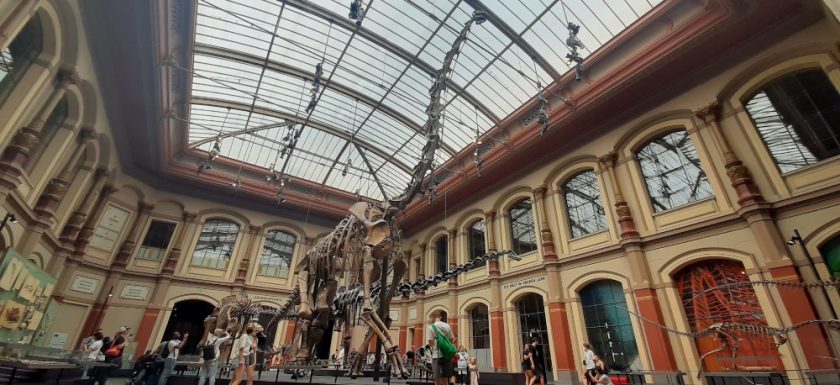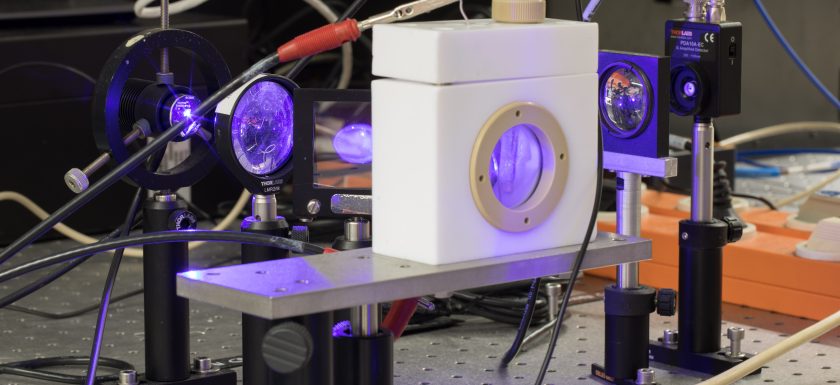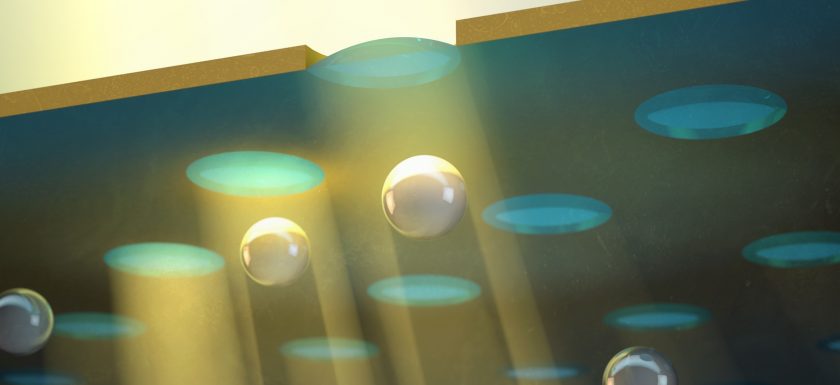Lab Life Balance
by summerstudent Oscar Moreno As a master’s student in chemistry, experiments are the basis of my research. The excitement of running an experiment for the first time and the challenge of trying to explain the results keeps me motivated. Nonetheless, in order to pursue things further, my investigation forced me to work during weekends and many times I found myself preparing reports in my room at midnight. I was not aware my acacemic life had come out of the laboratory and was encroaching on other aspects of my life until one of my advisors stopped me. After seeing me working on Saturdays without pausing, heRead More →



